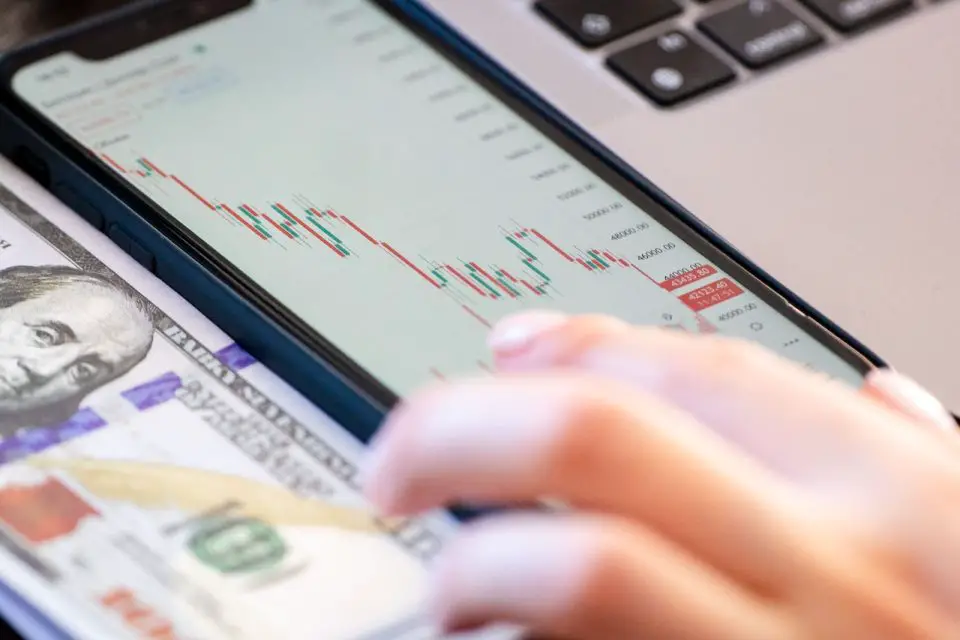Wall Street stocks experienced a downward shift on Tuesday morning, as traders reconvened after a long weekend to confront fresh data that suggests the economic resurgence of China may face further hurdles. The S&P 500 (^GSPC) edged down by 0.1%, with the Dow Jones Industrial Average (^DJI) maintaining relative stability after earlier losses. Meanwhile, the Nasdaq Composite (^IXIC) dropped 0.4%, pressured by rising 10-year Treasury yields affecting growth stocks.
Shares in tech giants Nvidia and Apple slipped prior to the opening bell, as a surge in 10-year Treasury yields put pressure on growth stocks. Despite this, all three major indices continued their winning streak from the previous week, driven by investor expectations of a Federal Reserve decision to postpone interest-rate hikes during its September meeting.
The latest data released on Tuesday revealed that China’s services activity hit an eight-month low in August, rekindling concerns about the stability of the world’s second-largest economy. In a notable shift from its previous stance, Goldman Sachs revised its assessment, lowering the likelihood of a U.S. recession. This shift in outlook is attributed to cooling inflation rates and the continued resilience of the labor market.
With a relatively sparse earnings and economic calendar for the week, the focal point of Wall Street’s attention is undeniably the Federal Reserve. Historically, September has been one of the weakest months for financial markets. However, some analysts are banking on a potential upside surprise, citing factors such as growing enthusiasm surrounding artificial intelligence, substantial cash reserves on the sidelines, and the possibility of a new iPhone launch from Apple.
As traders returned to the market, Wall Street stocks inched downward on Tuesday, eagerly awaiting news that could rekindle optimism in the global economy. Despite the prevailing uncertainty, investors remain cautiously hopeful about the market’s prospects.
The decline in futures contracts for the S&P 500 and Dow Jones Industrial Average was a notable development on Tuesday. The S&P 500, which has been a barometer of U.S. equities, exhibited a modest dip, while the Dow Jones Industrial Average also experienced a slight downturn. Meanwhile, Nasdaq 100 contracts recorded a more significant decline of 0.3%, reflecting the vulnerability of technology-oriented stocks in the current market climate.
Shares in two prominent tech companies, Nvidia and Apple, were among the casualties of the market’s early-morning jitters. The share prices of both companies slipped ahead of the opening bell, mirroring the broader trend of weakness in the tech sector. Investors were closely monitoring these developments as technology stocks have been pivotal drivers of market performance in recent years.
One of the key factors contributing to the subdued market sentiment on Tuesday was the rise in 10-year Treasury yields. As yields on government bonds increased, it placed additional pressure on growth stocks, which tend to be more sensitive to changes in interest rates. This phenomenon underscored the ongoing debate among investors about the potential impact of rising rates on the broader market.
China’s economic data cast a shadow over the global economic landscape on Tuesday. The report revealing China’s services activity reaching an eight-month low in August raised concerns about the health of the world’s second-largest economy. As China plays a crucial role in global supply chains and trade, any signs of economic weakness in the country have the potential to reverberate across international markets.
In an unexpected shift, Goldman Sachs revised its assessment of the U.S. economic outlook. The investment bank lowered the probability of a U.S. recession, citing factors such as moderating inflation and the robustness of the labor market. This adjustment in outlook is significant, as it reflects a more optimistic view of the U.S. economy’s resilience in the face of various challenges.
As the week progresses, market participants are closely watching for any developments that could alter the current sentiment. While September is historically a volatile month for financial markets, some analysts are optimistic about the potential for positive surprises. Factors such as growing excitement around artificial intelligence technologies, substantial cash reserves held by investors, and the possibility of a new iPhone launch from Apple are all contributing to the sense of cautious optimism on Wall Street.
In conclusion, . The Federal Reserve’s impending decision on interest rates is likely to dominate discussions and influence market dynamics in the days ahead, as investors eagerly await news that could reignite confidence in the global economy.
On Tuesday morning, Wall Street stocks showed caution due to the economic challenges of China and rising Treasury yields, but hopes for positive surprises in the near future persisted.
Source: Yahoo Finance

